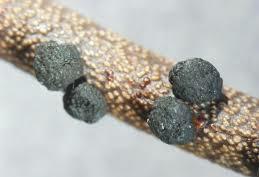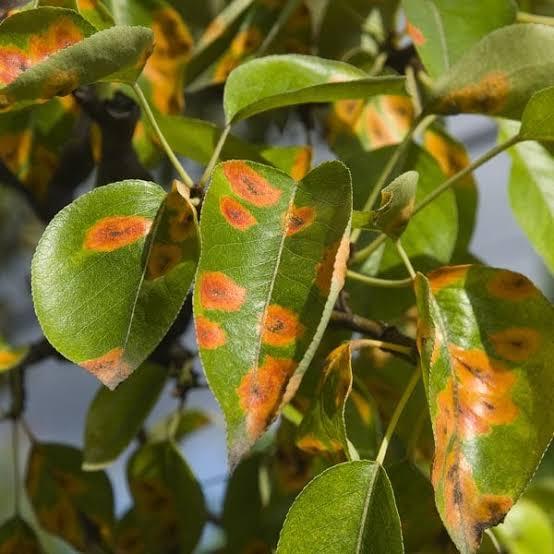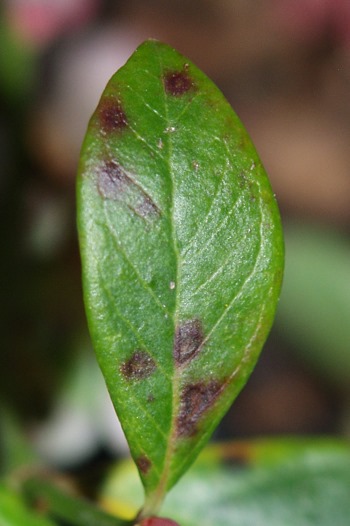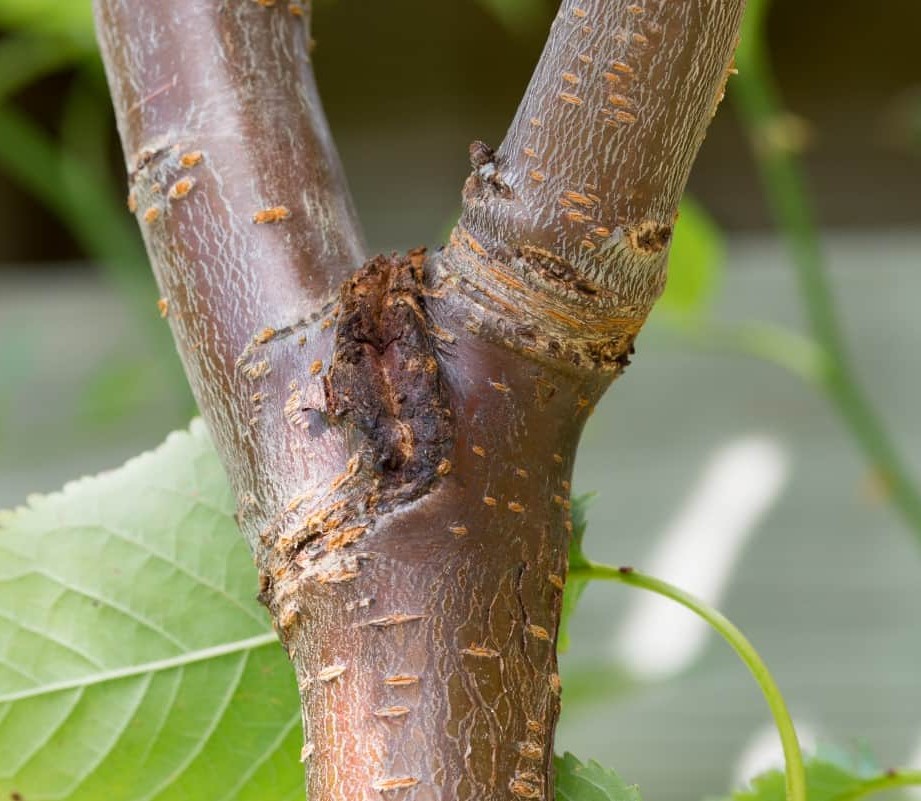Lingonberry
Lingonberry shrubs, 6-12 inches in height and suited for Zones 2-7, grow slowly in well-drained, acidic soil under full sun to partial shade. Known for their small and tart berries, lingonberries are used in jams and desserts.
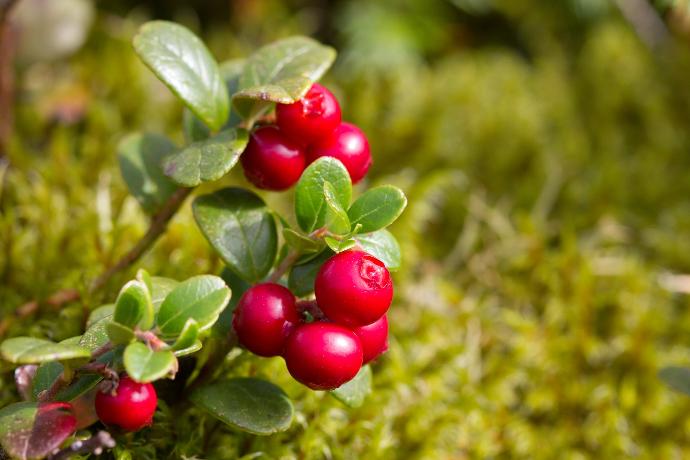
Habit
Shrub
Height
0.3 to 0.5 m
Growth
Moderate
Soil
Well-drained, Acidic Loamy
Shade
Full sun to partial shade
Moisture
Moist
Edible
Yes
Medicinal
Yes
Origin
Europe, Asia
Climatic Condition
Temperate, Subtropical
Temperature (°)
10°C to 20°C
Humidity (%)
60% to 70%
Potting media
50% Loam, 30% Sand, 20% Compost
Fertilizers
Organic Fertilizer
Watering
Regular watering
Plant Weight
0.2 to 0.3 kg
Flowering Time
Summer to Fall
Soil Ph level
5.5 to 6.5
Water Ph level
6.0 to 6.5
Soil EC
0.4 to 0.8 mS/cm
Yield Per Plant
1 to 3 kg per plant
NPK ratio
10:05:05
life Span
3 to 4 years
Health Benefits
Antioxidant, Immune Health
Suggested Grow Media or Potting Mix ?
50% peat moss, 30% sand, 20% compost
Suggested Fertigation/Fertilizers
Fertilize every 2-3 weeks with a balanced, water-soluble fertilizer.
Common Diseases and Remedies
Gibbera Canker , Leaf Rust .
Circular oblong lesion that may be discoloured oozing and sunken , Pustules are formed at the leaf surface as orange colour .
Baking Soda , Lemon juice .
HEALTH BENEFITS
Rich in antioxidants; supports urinary tract health and reduces inflammation.
What Is An Lingonberry ?
Lingonberry, also known as lingonberry or partridgeberry, is a small red fruit native to the boreal forests of northern Europe, Asia, and North America. It belongs to the same genus Vaccinium as blueberries and cranberries. Lingonberry grow on low evergreen shrubs and are known for their sour taste. These berries are a popular ingredient in Scandinavian cuisine, often used in jams, sauces, and desserts.
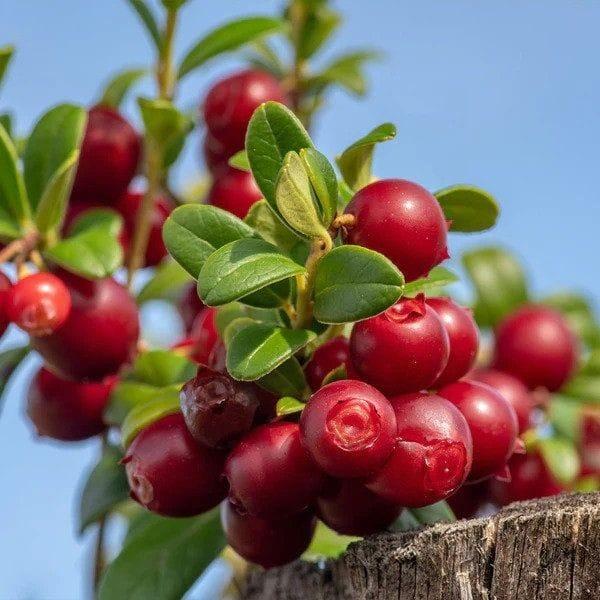
What Are The Different Types Of Lingonberry Plants?
1. European Lingonberry (Vaccinium vitis-idaea)
This is the best known species, native to northern Europe and parts of Asia. It is commonly grown for culinary purposes and is often used in Scandinavian cuisine.
2. American Lingonberry (Vaccinium vitis-idaea var. minus)
This variety is native to North America and is found in areas such as Canada and the northern United States. It looks and tastes similar to European Lingonberry .
3. Alpine Lingonberry (Vaccinium vitis-idaea var. Minus)
This species lives in mountainous areas, especially alpine areas. Fruits tend to be smaller and adapted to colder climates.
4. Bog cranberry (Vaccinium oxycoccos)
Although not technically a cranberry, the bog cranberry is considered a closely related species, grows naturally in wetlands and marshes, and has a sour taste reminiscent of cranberries.
5. Red Pearl
Red pearl lingonberry are prized for their intense red colour and sweet-tart flavour. It is popular for both culinary and ornamental purposes.
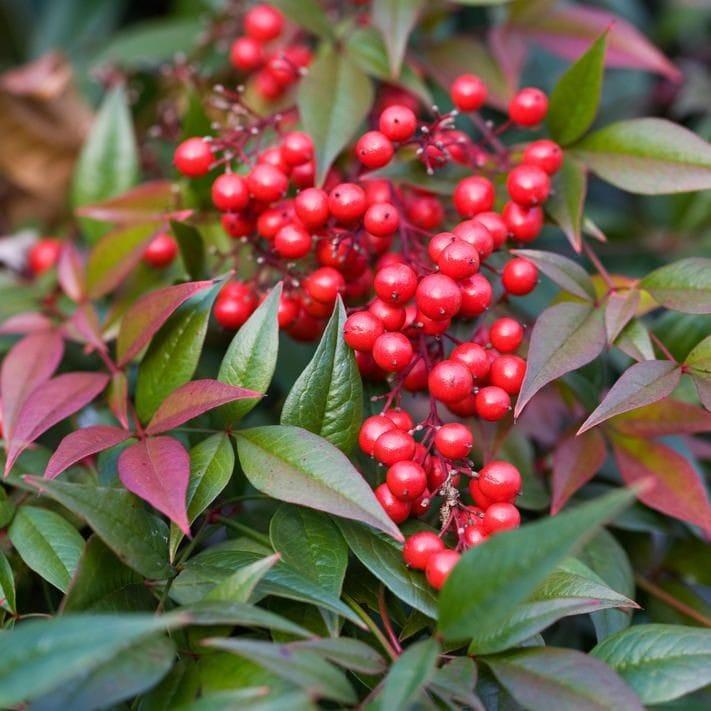
How to Care Lingonberry ?
1. Location
Lingonberries typically grow in areas with cool climates and acidic, well-drained soils. It is especially common in boreal forests and heathlands in northern Europe, Asia, and North America. Here are some important considerations when growing lingonberries. It is well adapted to areas with cold winters and warm summers. They tolerate frost and also benefit from resting during the winter.
2. Sunshine
In areas with hot summers or strong sunlight, lingonberries benefit from partial shade, especially during the hottest parts of the day. This prevents excess moisture from evaporating from the soil and reduces the risk of sunburn on leaves and fruit. In areas with cool climates and mild summers, cranberries can tolerate full sun. In fact, they can even produce more fruit when grown in full sun, as long as they are provided with sufficient water and nutrients.
3. Soil
Lingonberries grow in acidic soils with a pH of 4.0 to 5.5. Acidic soil is essential for optimal nutrient uptake by plants and helps prevent nutrient deficiencies. You can test your soil's pH using soil test kits available at garden centers and agricultural extension services. If your soil is too alkaline, you can lower the pH by incorporating acidic amendments such as peat moss, sulphur, and pine needles.
4. Hydration
Adequate hydration is essential for healthy fruit growth and production in Lingonberry plants. Because cranberries have shallow root systems, they rely on constant moisture in the soil to support growth and development. Proper hydration allows plants to absorb important nutrients from the soil and keep leaves and stems plump. Lingonberries benefit from regular watering during the growing season, especially during dry and hot months.

5. Nourishment
Proper nutrition is essential for Lingonberry plants to grow and produce abundant fruit. Although cranberries have relatively low nutritional requirements compared to other fruiting plants, they benefit from a balanced diet containing essential nutrients. Incorporating organic matter such as compost or aged manure before planting provides the soil with a rich source of nutrients, improves soil structure, and promotes healthy root growth and overall plant vigour.
6. Issues
Although cranberry plants are relatively hardy, they can face some common problems that can affect their health and productivity. Pests such as aphids, spider mites, and certain species of caterpillars are a major problem because they can damage leaves and reduce fruit yield. Regular monitoring and immediate intervention such as: Treatments such as insecticidal soap and neem oil can help control pest numbers and minimize damage.
What are the Benefits of Lingonberry ?
Lingonberries are rich in antioxidants such as flavonoids, phenolic acids, and vitamin C. These compounds neutralize harmful free radicals in the body, reduce oxidative stress and inflammation, and may reduce the risk of chronic diseases such as heart disease and heart disease. cancer. Some studies suggest that lingonberries have anti-inflammatory properties and may help reduce symptoms of inflammatory diseases such as arthritis and inflammatory bowel disease. Additionally, lingonberries contain natural compounds that help protect against gastrointestinal infections and maintain a healthy balance of intestinal bacteria. The rich vitamin C found in lingonberries supports immune function by stimulating the production of white blood cells and improving the body's ability to fight infections. Lingonberries may benefit heart health by lowering LDL (bad) cholesterol levels and triglycerides, improving blood vessel function, and lowering blood pressure.

FAQs About Growing Lingonberry
1. What do lingonberries taste like ?
Lingonberries are characterized by a sour taste with a hint of sweetness. It is often compared to cranberries, but it has a slightly less sour taste.
2. How are lingonberries used in cooking ?
Lingonberries are often used in Scandinavian cuisine to make jams, sauces, and desserts. It goes well with meat dishes, pancakes, porridge and various baked goods.
3. Are lingonberries good for your health ?
Yes, Lingonberries are highly nutritious and rich in antioxidants, vitamins, and minerals. These provide a variety of health benefits, including improved immune function, cardiovascular health, and digestive health.
4. Where can I find Lingonberries ?
Lingonberries are typically found in areas with cool climates, such as northern Europe, Asia, and North America. Grocery stores and specialty markets often sell it fresh, frozen, or in the form of jams and preserves.
5. Can I grow lingonberries in my garden ?
Lingonberries can be grown in the home garden if the right growing conditions are provided, including acidic, well-drained soil and a cool climate. It prefers partial shade to full sun and requires regular watering.
